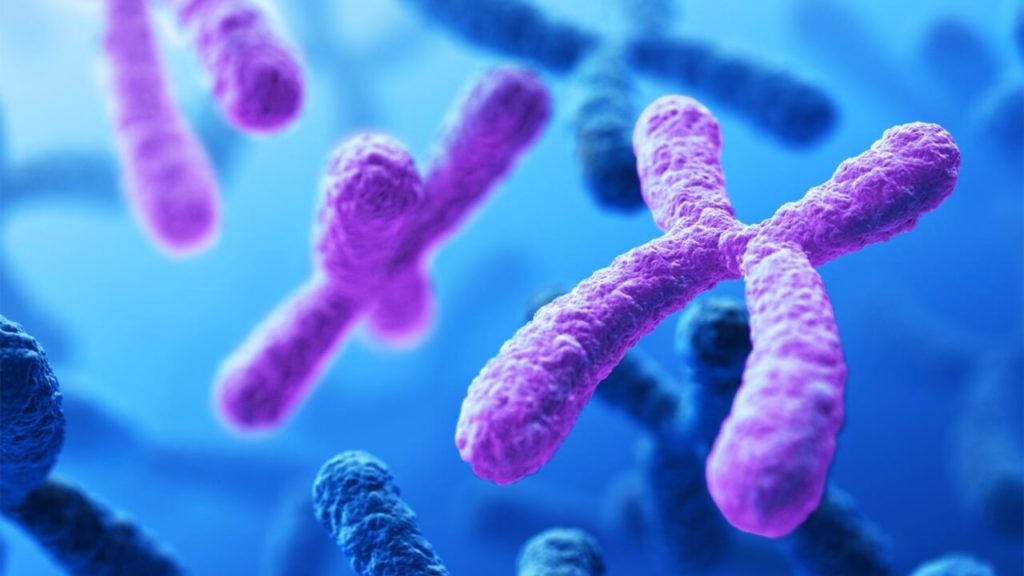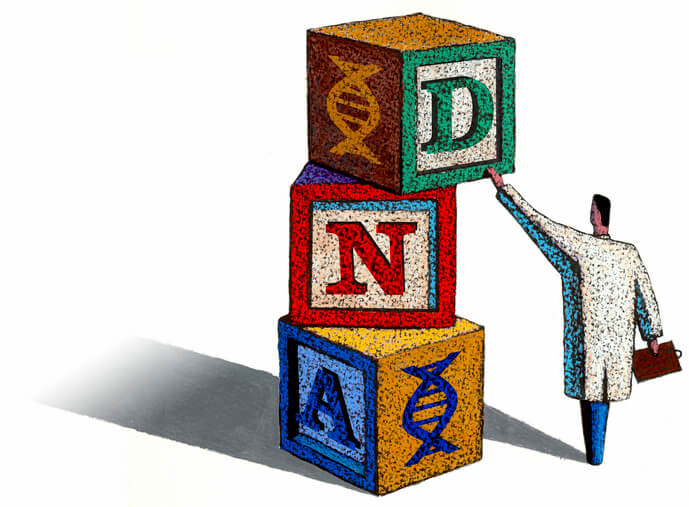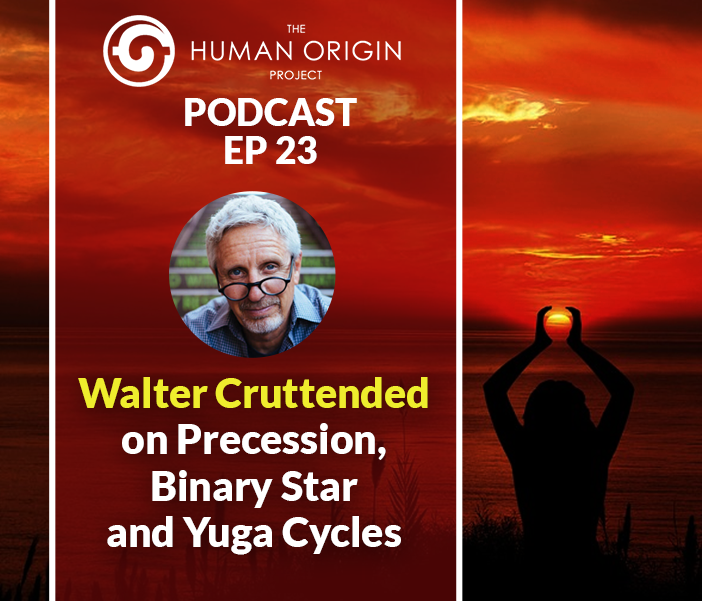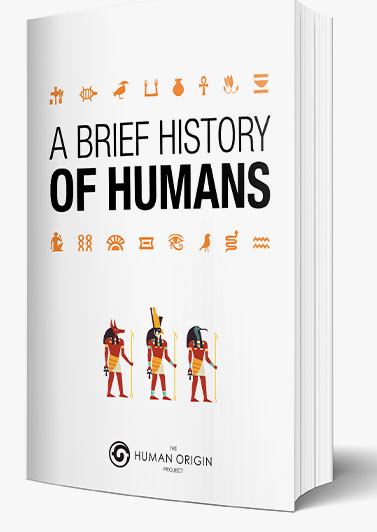Understanding DNA is a critical piece to the human origin story. Every cell of your body carries information from your grandparents and generations before them.
Genes make up the single unit that offspring inherit from their parents.
In 2003 scientists completed the Human Genome Project. It defined the full form of the human genome.
The results were very unexpected. To understand why we will look a simple explanation of DNA.
This article will help you understand human DNA full form.
What does DNA stand for?
- DNA stands for the chemical name Deoxyribonucleic acid.
- It is a molecule that encodes the information for life to pass to their offspring.
What is DNA composed of?
DNA is made of a type of cell type called nucleic acid. It is one of the four main cell types in biology (with proteins, fats, and carbohydrates).
A nucleic acid is made up of molecules called nucleotides. It is stored in the nucleus of every cell.
Each contains a nitrogen base (A, T, G, C) which form four letters of the genetic code.
- Adenine, ‘A,’ has a 2-ring structure, so that makes it a purine.
- Thymine, ‘T,’ is a pyrimidine, which means it has a 1-ring structure.
- Guanine, ‘G,’ is part of both DNA and RNA, where it bonds with cytosine.
- Cytosine, ‘C,’ is part of DNA and RNA and bonds with guanine. It has one ring, so it is a pyrimidine.
The human DNA full form is made of 3.2 billion base pairs.
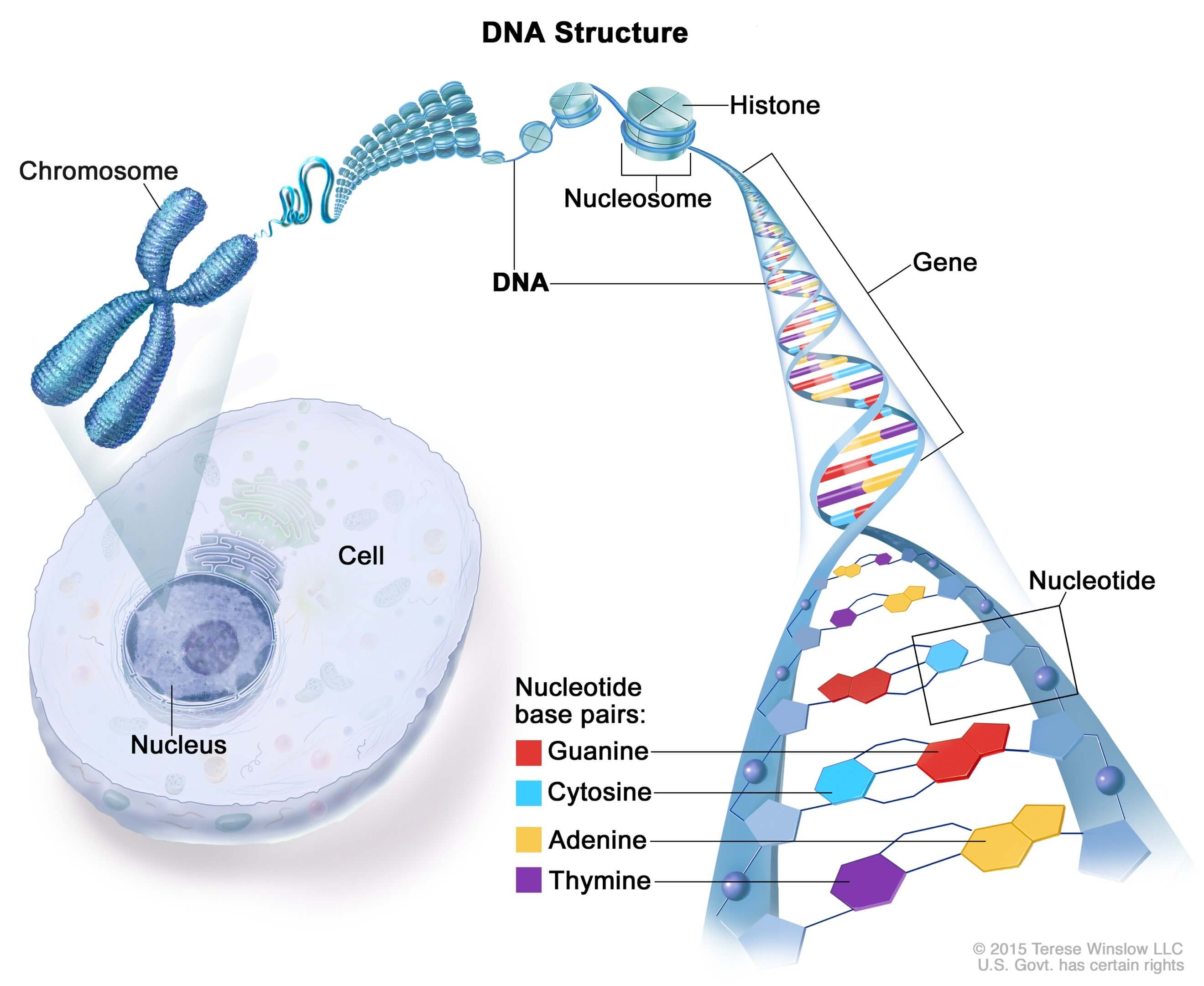
A simple explanation of DNA structure. Source
How does DNA carry information?
3.2 billion bases is a lot of information carried by DNA. Cells use this as a language to recreate every part of the human body.
To do so base pairs are put into groups of 3, called codons.
A codon is a sequence of three DNA bases.
Codons are the base unit for one amino acid to be made.
However, genetic code has another layer.
DNA is then divided into genes. A gene is a section of DNA bases (or codons) that create a certain molecule.
A gene can be made up of many codons, or very few.
Codons are made of three bases, but various amounts of codons make up one gene.
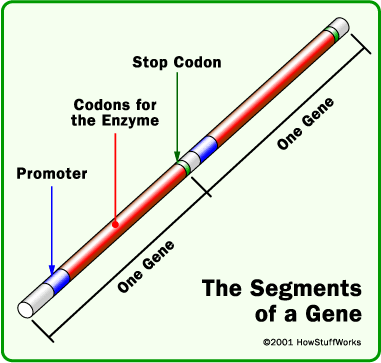
A gene is a collection of codons that store information for a trait, e.g. blue eyes. Source
An average-sized gene has about 3000 bases. Some human genes are smaller, and some are much bigger.
What is DNA in humans?
The Human Genome Project set out to define the human DNA full form.
What were the results? They found between 20000 to 25000 human genes.
This was a surprise, as such a small number does not explain how complex humans really are.
To understand this, let’s look at how DNA is arranged in cells.
What is a chromosome and its function?
The large number of DNA in humans need us to explain how it’s even stored into our body.
DNA molecules are so long they cannot fit into cells without being packed in a very specific way. To do this, it is coiled tightly around ball like proteins called histones.
The tightly wound DNA structure creates a thread-like shape called a chromosome.
A chromosome is formed from a single DNA molecule that contains many genes.
Chromosomes carry the common genetic code for everything from height to eye color.

A chromosome stores the DNA full form with its tightly wound structure. Source
How many genes are there in a chromosome?
On one human chromosome, there are roughly 200 million base pairs. Each gene has different numbers of base pairs (or codons).
This means that different chromosomes contain different numbers of genes.
Each human chromosome contains tens to thousands of genes.
Chromosomes can have high gene density up to 2000. Or they can be low gene density having as low as a few dozen genes.
Sex chromosomes have the smallest amount of genes per chromosome.
How many chromosomes do people have?

The 23 pairs of human chromosomes. Source
Every human cell contains 23 pairs of chromosomes.
That is a total of 46 human chromosomes.
Human traits are often determined by more than one gene.
Conclusion
According to the Human Genome Project, the DNA full form is as such:
- Made of 32 billion base pairs (A, T, G, C)
- Arranged into groups of three called codons, which make up genes
- There are roughly 20 – 25 000 human genes.
- These are all stored into 23 pairs or 46 human chromosomes.
- Chromosomes can have low or high-density genes on them.
Do you have questions on the full-form of human DNA? Leave them in the comments below.
Further reading:
- https://www.genome.gov/10001772/all-about-the–human-genome-project-hgp/
- https://www.science.org.au/curious/people-medicine/human-genome-project
- https://www.nature.com/scitable/topicpage/dna-sequencing-technologies-key-to-the-human-828


 The human DNA full form is made up of a staggering amount of genes.
The human DNA full form is made up of a staggering amount of genes. 